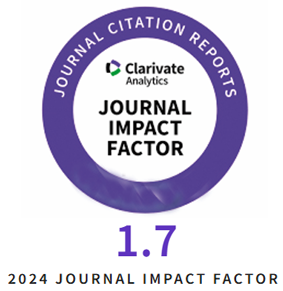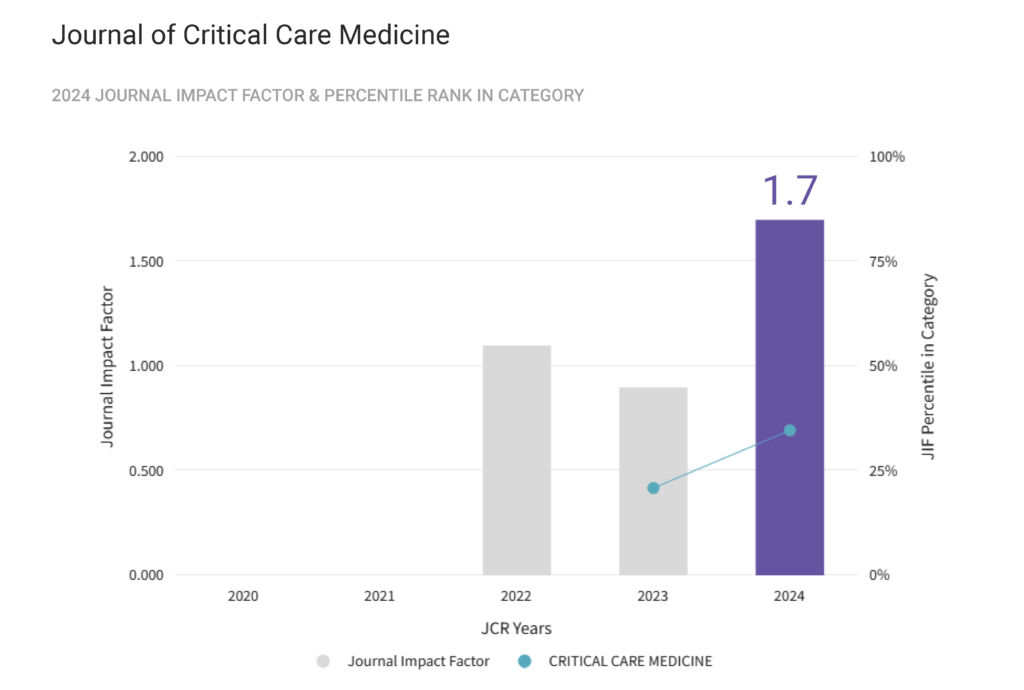Aim of the study: The rupture of delayed formed splenic pseudoaneurysms after pediatric blunt splenic injuries undergoing nonoperative management (NOM) can be life-threatening. We aimed to identify the sub-phenotypes predicting delayed splenic pseudoaneurysm formation following pediatric blunt splenic injury using latent class analysis (LCA).
Material and Methods: In this retrospective observational study conducted using a multicenter cohort of pediatric trauma patients, we included pediatric patients (aged ≤16 years) who sustained blunt splenic injuries and underwent NOM from 2008 to 2019. LCA was performed using clinically important variables, and 2–5 sub-phenotypes were identified. The optimal number of sub-phenotypes was determined on the basis of clinical importance and Bayesian information criterion. The association between sub-phenotyping and delayed splenic pseudoaneurysm formation was analyzed using univariate logistic regression analysis with odds ratios (ORs) and 95% confidence intervals (CIs).
Results: The LCA included 434 patients and identified three optimal sub-phenotypes. Contrast extravasation (CE) of initial CT in the spleen was observed in 22 patients (68.8%) in Sub-phenotype 1, 49 patients (25.7%) in Sub-phenotype 2, and 22 patients (10.4%) in Sub-phenotype 3 (p = 0.007). Delayed splenic pseudoaneurysm was observed in 46 patients (10.6%), including seven patients (21.9%) in Sub-phenotype 1, 25 patients (13.1%) in Sub-phenotype 2, and 14 patients (6.6%) in Sub-phenotype 3 (p = 0.01). Logistic regression analysis for delayed splenic pseudoaneurysm formation using Sub-phenotype 3 as the reference revealed an OR (95% CI) of 3.94 (1.45–10.7) in Sub-phenotype 1 and 2.12 (1.07–4.21) in Sub-phenotype 2.
Conclusions: The LCA identified three sub-phenotypes showing statistically significant differences for delayed splenic pseudoaneurysm formation. Our findings suggest that cases with CE on initial CT imaging may be at increased risk of delayed splenic pseudoaneurysm formation.
Latent class analysis to identify sub-phenotypes predicting pediatric splenic pseudoaneurysm following blunt spleen injuries: A post-hoc analysis
DOI: 10.2478/jccm-2025-0037
Full text: PDF










